History
The history of Sagadi Manor is long and colourful. Throughout the centuries, its many owners have each left their mark. Sagadi is considered to be the most manorial manor in Estonia.
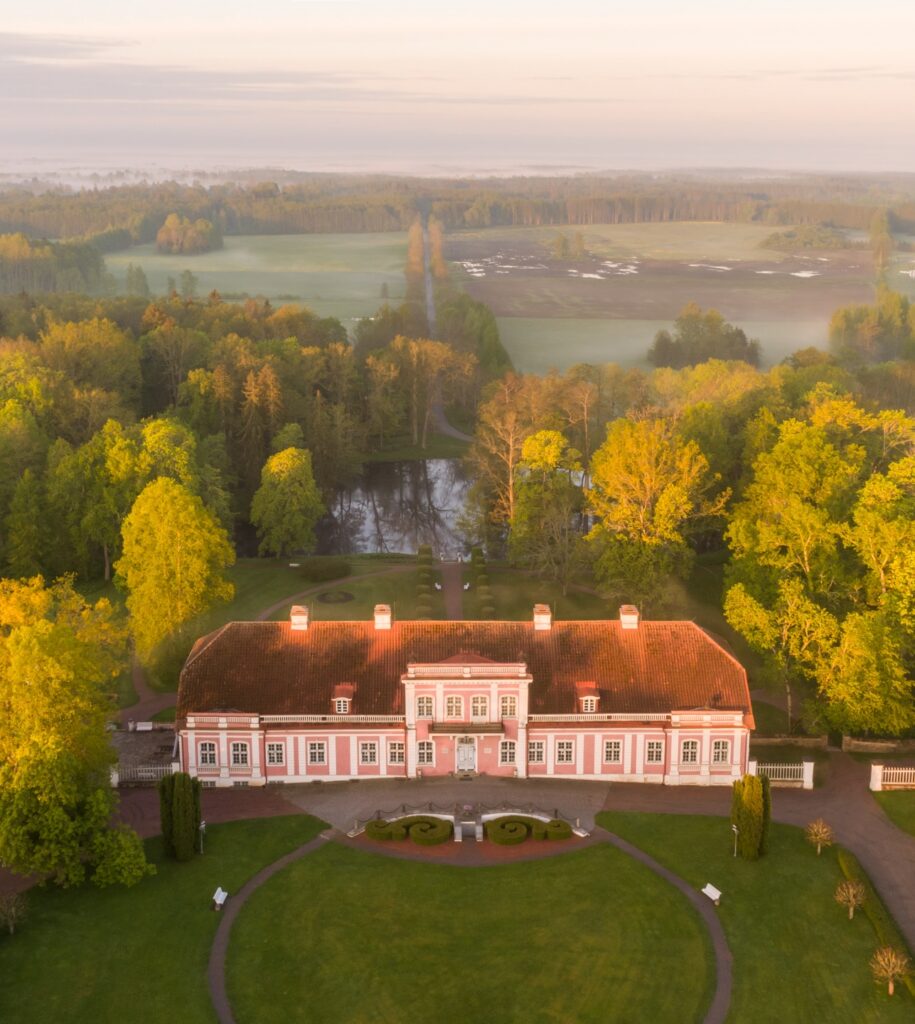
1444 – First written records of the von Berg family’s possessions on the lands here.
1469 – First written mention of Sagadi Manor. On St. Benedict’s Day, 21 March, Helmeyt Risebiter, an already sick man at the time, handed over Sagadi (Saccad) manor to his brother, Otto.
1602 – starting in the spring, Northern Estonia was ravaged by the plague. By the following autumn, the plague had depopulated Sagadi Manor, and Palmse Manor started using Sagadi’s fields, meadows, and fishing beaches.
1630 – Jacob MacDuwald, a Scotsman and the husband of Jurgen von den Berg’s daughter, is mentioned as the owner of the manor.
1684 – Sagadi Manor was pledged to Gideon von Fock, who finally acquired it three years later. Gideon, a Swedish Adjutant General, became the founder of the Sagadi line of the Fock family.
1735 – a description of the eight room main building made of logs and a wooden roof, with a height of 14 layers of logs (2.8 to 3 metres). The outbuildings had straw roofs and were also made of wood, and were already quite old and dilapidated at the time.
1740 – Sagadi was recognised as the Fock’s estate. The estate was given to the youngest son, Johan Ernst von Fock, later head of the knighthood and county councillor, together with a house on Toompea, in Tallinn.
1749 – Construction of the new stone manor house in Sagadi began under the guidance of master builder Johan Nicolaus Vogel. The house was completed in four years. It was a one-storey building with a high dialect roof and a symmetrical basic plan – one of the few known rococo style manors in Estonia.
1782 – After the death of Johan Ernst, Gideon Ernst von Fock, Sagadi’s youngest son, inherited the estate, increasing the estate’s holdings to nearly 5,000 hectares, both on account of farmland and through purchases.
1793 – Gideon Ernst von Fock began the reconstruction of the manor – the manor house had become too small for the family and the increased number of servants, and the rococo decor was considered out of date. The house was extended by about ten metres on both wings and was designed in the early neoclassical style. The painter Johannes Hau, who came from Flensburg, was in charge of decorating the rooms with paintings. The first receptions in the renovated building took place around Midsummer Day in 1795.
1827 – Paul Alexander Eduard von Fock (1798-1884), the most prominent manor lord of Sagadi, resumed construction work at Sagadi after his father’s death. For nearly 60 years, he held various positions in the service of the knighthood, including that of county counsellor, chairman of the Tallinn Cathedral Convention, and chairman of the Supreme Court of Estonia. Before resigning from high office, Paul von Fock earned the rank of secret counsellor, which corresponded to that of a lieutenant general in the army.
1857 – 24 servants, seven maids, three room boys, three coaches, a cook, a groom, a gardener, two carpenters, a guard, a shepherd, two milkmaids, two bird handlers and two herdsmen worked in the centre of the manor.
1861–1872 – the manor was rented to L. von Uexküll, the owner of Metsiku Manor. Paul Alexander Eduard von Fock himself travelled around during this period.
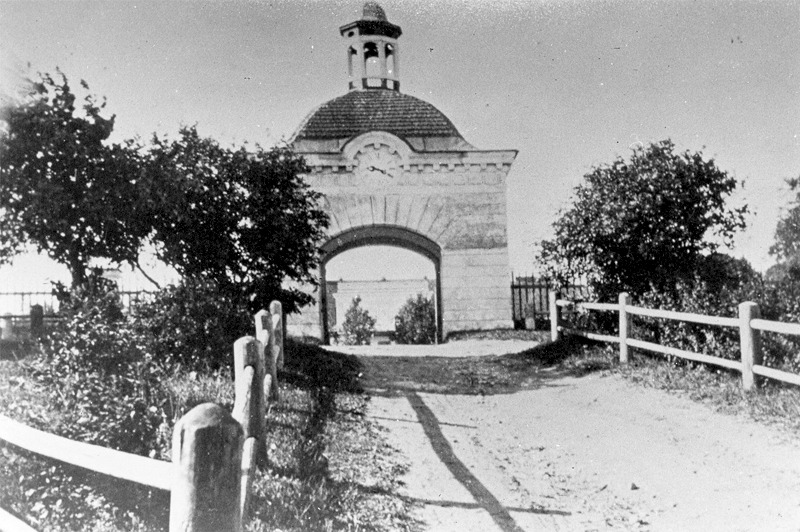

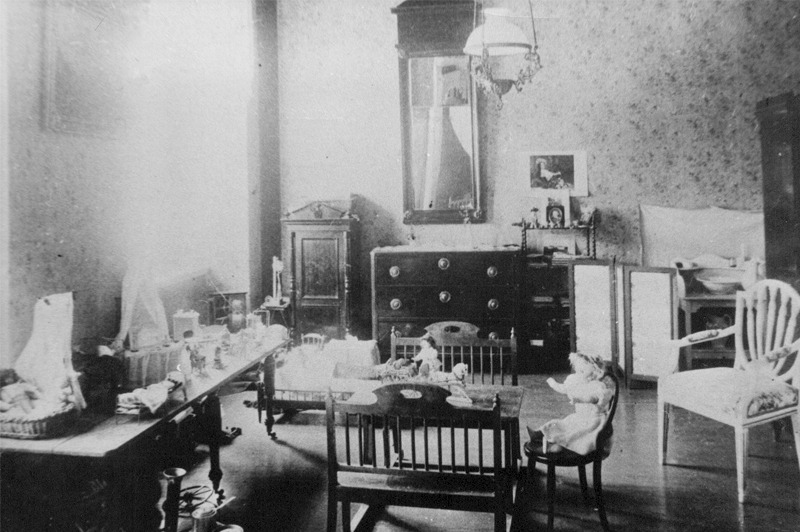
1894 – Under Alexander Gideon von Fock, a spacious pillar balcony in the pseudo-baroque style with stained glass windows was built in front of the park-side façade.
1919 – The Land Act, passed by the Estonian Constituent Assembly, declared the landowners’ estates expropriated. During the ensuing land reform, most of the land of Sagadi Manor was also distributed to newcomers, leaving the former owner of the manor, Ernst von Fock, able to only use the heart of the manor.
1929 – Sagadi Primary School moved into the mansion. Initially, Ernst von Fock used one of the wings, but already a year later he moved to the administrator’s house and from there finally to the former manor workers’ house. The school operated in the former mansion until 1973.
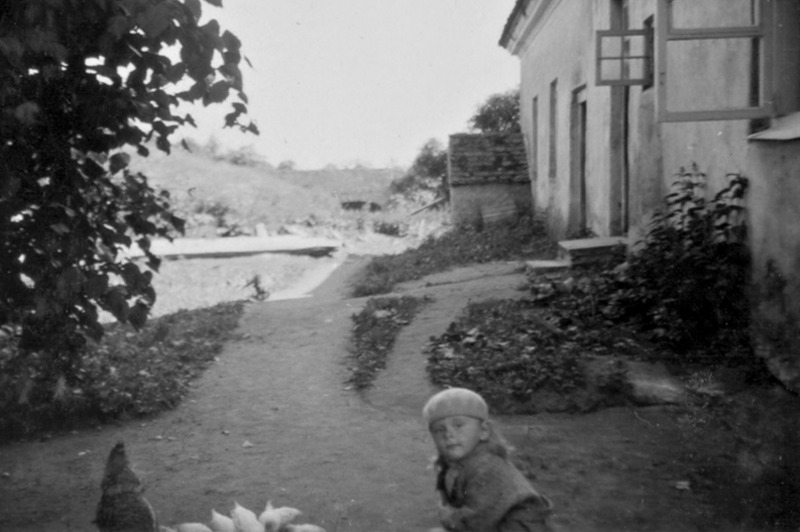
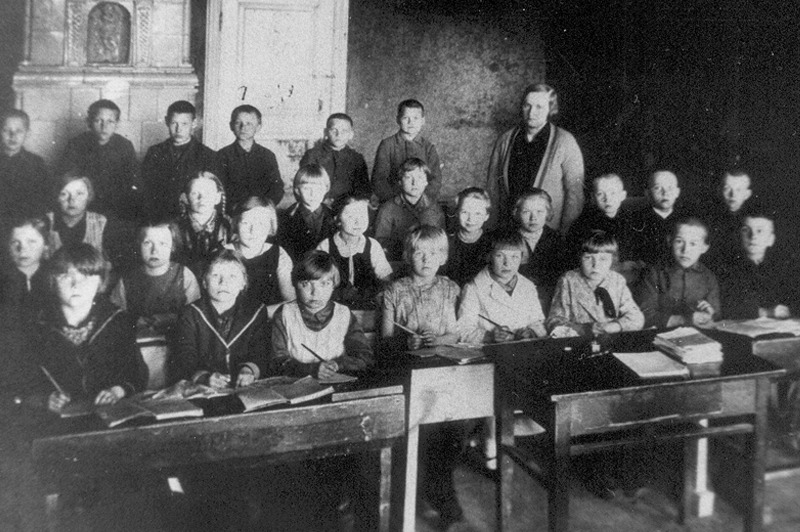
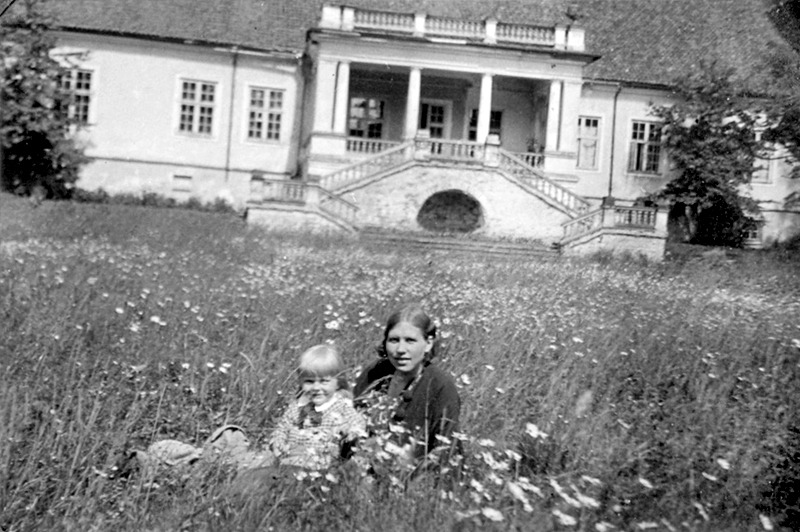
1939 – World War II broke out. In October, the resettlement of Baltic Germans to German-occupied Polish territories was announced. Ernst von Fock also organised an auction of his assets and left Estonia.
1977 – The heart of Sagadi manor was handed over to the Rakvere Forest District, and renovation work began on the initiative of its director, Simo Nõmme. Dozens of buildings required restoration, many of which were already in ruins by that time.
1987 – The renovated Sagadi Manor House opened its doors in June. Both the Forest Museum and the display of manor-era furniture found their place in it. Restoration of most of the outbuildings was also completed.
1996 – The Forest Museum moved into a building built on the site of the former cattle barn, where a hotel and restaurant started operating on the first floor.
1998 – The State Forest Management Centre (RMK) was established and Sagadi became a unit of the Centre.
1999 – Sagadi Nature School, the first of its kind in Estonia, started operating in the former manor dairy building.
2005 – RMK Sagadi Forest Centre was established.
2006 – the Forest Museum moved to the former barn-stable on the west side of the manor courtyard. Renovation of the oldest surviving wooden building of the manor complex, the clothing storehouse, began.
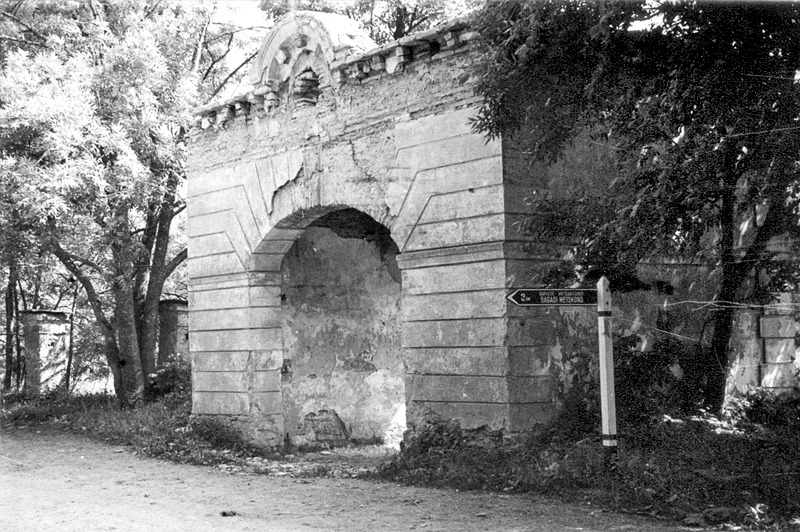
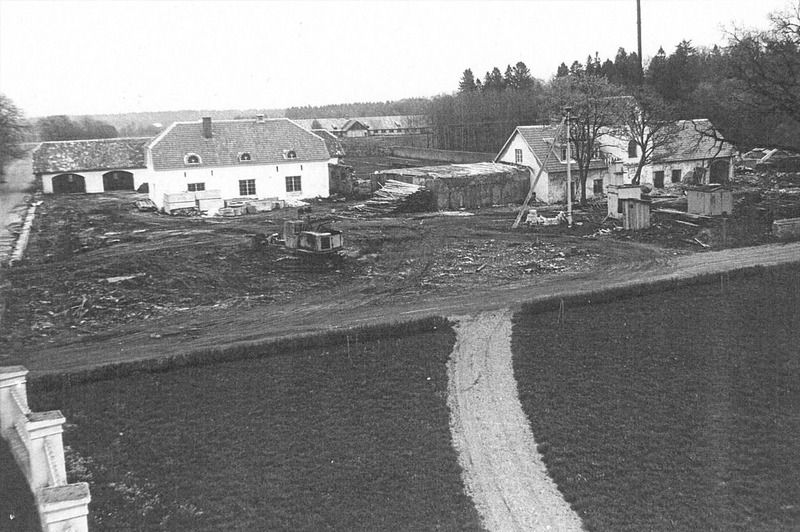
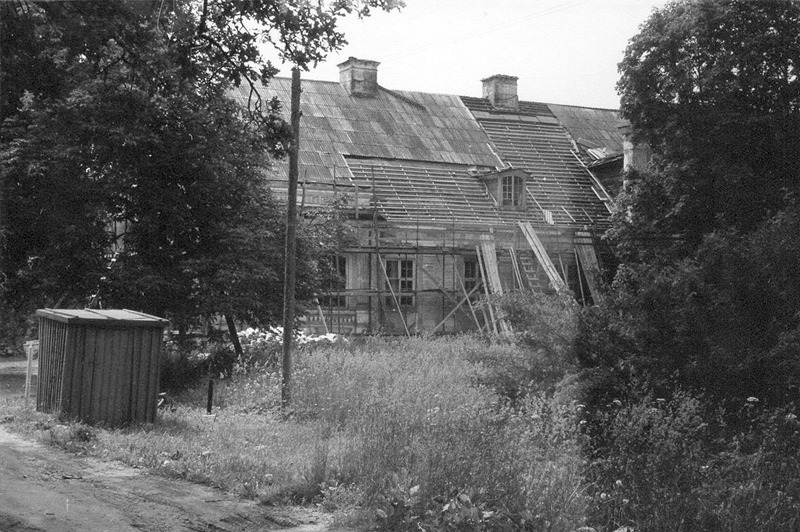
2011 – The Forest Museum’s permanent exhibition ‘The Forest Feeds’ was opened. The annual number of visitors to the museum exceeded 30,000 for the first time.
2017 – The former distillery’s ice cellar was renovated into a unique holiday and sauna complex. The renovation of the attic of the manor house, which had stalled in the 1990s, was completed.
2021 – The ceiling paintings of the manor house were restored. The paintings of the large hall and four salons were fully approved and coloured.
2022 – The façade of the manor house was renovated. The house was restored to the colours of the 1870s.
2023 – The Forest Museum’s new permanent exhibition ‘The Forest Journey’ was fully opened to visitors.